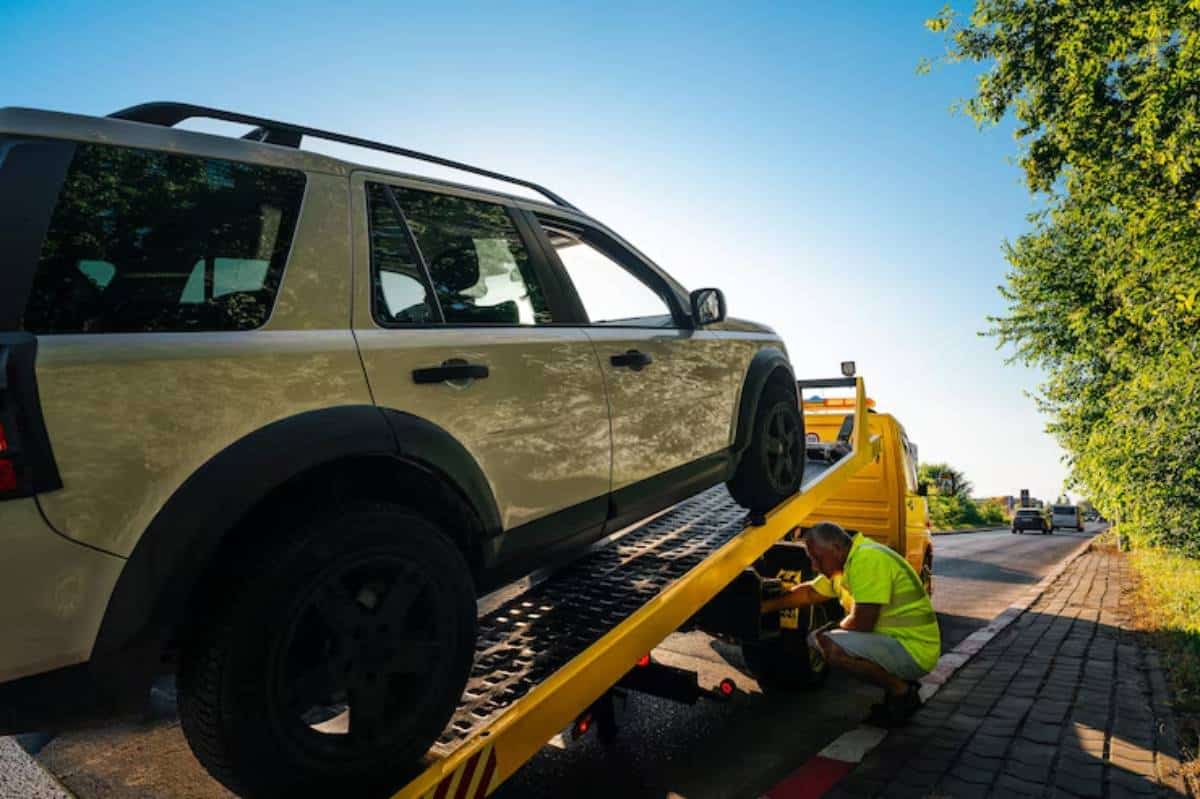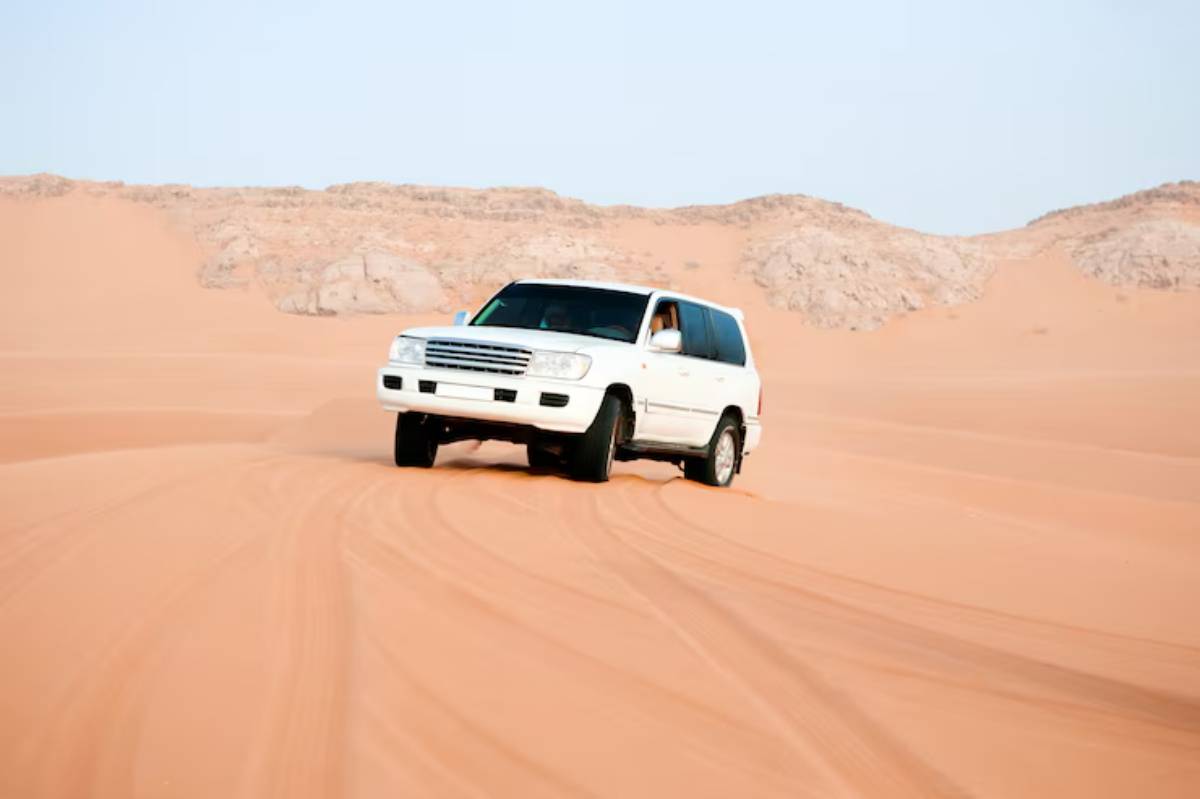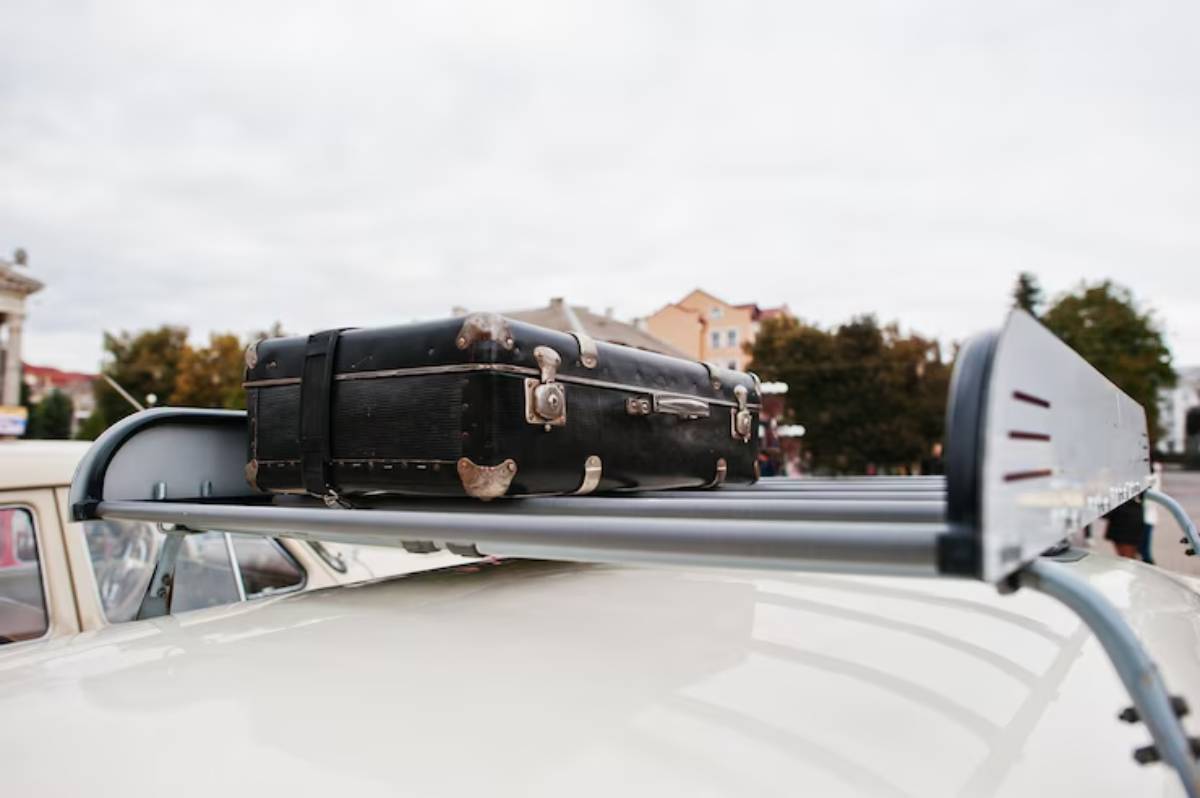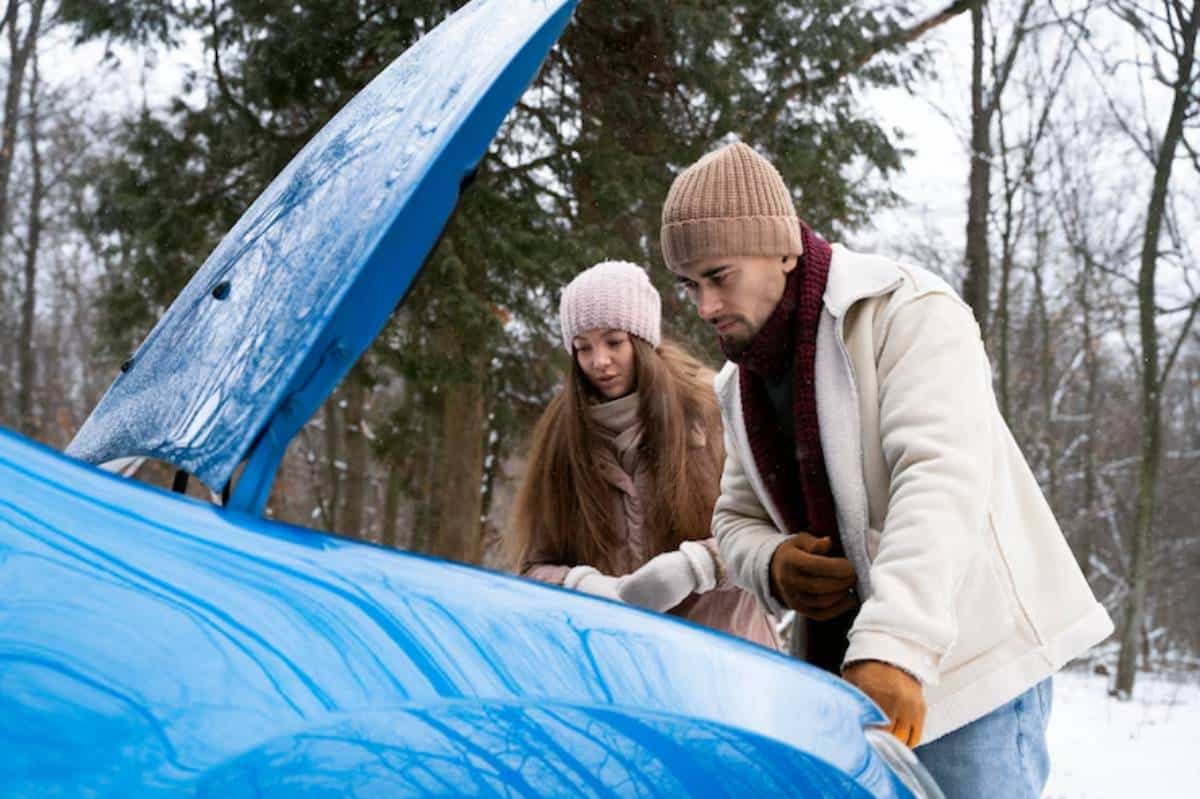
How to Use Recovery Boards Effectively
The moment your wheels dig into soft sand, wet mud, or deep snow, one thought flashes through your mind: “Now what?” If you’re equipped with recovery boards, you already have the answer. These simple yet powerful tools have saved countless overlanders from hours of digging or waiting for a tow. But using them properly? That’s where many drivers fall short.
Understanding how to use traction boards off-road can turn a frustrating situation into a five-minute fix. When used effectively, they’re one of the most efficient and low-tech stuck vehicle solutions in your recovery kit.
This guide will teach you how to use recovery boards correctly, whether you’re a beginner or refining your technique. You’ll learn when to deploy them, what to avoid, and how to store and maintain them for repeated use on challenging terrain.
Why Recovery Boards Deserve a Place in Every 4×4
Recovery boards aren’t just for beach driving. They’re lightweight, packable, and incredibly versatile. From muddy lanes in the Lake District to snowy passes in the Alps, they offer traction where tyres alone fail.
Benefits of Recovery Boards:
- No winch, no battery—just traction and leverage
- Usable in tight spaces or soft shoulders
- Ideal for solo travellers without external recovery help
- Safe and beginner-friendly
In many cases, recovery boards work faster than snatch straps or winches, especially when you’re slightly bogged rather than fully bottomed out.
Choosing the Right Traction Boards for Off-Road Use
Not all recovery boards are created equal. Quality matters, especially when weight and durability are concerned.
Key Features to Look For:
- Material strength: Look for high-quality reinforced nylon or composite plastic. Avoid brittle, budget versions.
- Grip design: Boards with aggressive tread patterns and underside teeth bite better into terrain and tyre tread.
- Size and weight: Longer boards offer better ramp angles but are bulkier to store.
- Stackability: Opt for boards that nest neatly together for easier storage.
- UV resistance: Prolongs lifespan when exposed to sunlight.
Top models in 2025 include:
- MAXTRAX MKII – Trusted Australian brand, lightweight and stackable.
- TRED Pro – Built tough for harsh terrain, with a great interlocking design.
- X-BULL Recovery Tracks – A solid budget option with competitive grip.
How Recovery Boards Work: The Basics
When your wheels spin without gaining traction, recovery boards create a firm surface to lift the vehicle and redirect its movement forwards (or backwards). Their textured surface locks with your tyres, while their length helps distribute weight.
Ideal Conditions for Recovery Board Use:

- Sand dunes
- Muddy tracks
- Snowy trails
- Soft forest floors
They’re less effective on rocks or dry, hard-packed surfaces where wheel slip is minimal.
Step-by-Step Use: How to Recover a Stuck Vehicle
Let’s break down how to use recovery boards in real-world terrain.
Assess the Situation First
Before rushing to deploy the boards:
- Stop spinning your wheels (this only digs deeper)
- Get out, inspect the ground, and check tyre depth
- Decide whether forward or reverse is the better option
Positioning the Boards
- Clear loose debris in front of or behind your tyres
- Insert the boards at an angle (about 15–30 degrees) so they ramp up from the ground to the tyre
- Push the boards under the tyre as far as possible
- Use a gentle throttle to climb onto the boards slowly
Spinning your tyres too aggressively can eject or melt the boards.
Anchoring for Better Results
In especially loose terrain, dig in the end of the board or wedge it under a rock to stop slippage. Some advanced boards include rear cleats or ground anchors to help lock them in place.
Common Mistakes to Avoid
Even experienced off-roaders make these errors.
- Spinning tyres on the boards: This quickly wears down the grip surface.
- Not using all four boards: If you’re stuck deep, you may need two per axle.
- Failing to clear debris first: Boards need contact with the tyre to work.
- Improper storage: UV damage, cracking, or warping from poor storage shortens the lifespan.
Remember: patience and preparation beat panic every time.
Storing Recovery Boards on Your Vehicle
Storage matters more than most realise. Boards need to be secure, quick to access, and clean when possible.
Best Storage Methods:

- Roof racks with mounting pins or brackets
- Rear spare tyre carriers with board mounts
- Drawer systems inside the boot
- Under-rack mounts for side-access rigs
Ensure boards are tied down tightly. A loose board on the motorway isn’t just embarrassing—it’s dangerous.
For more full-kit inspiration, you can see how these tools fit into a complete self-recovery system for solo travel.
Maintenance Tips for Long-Term Use
Like all recovery tools, boards need regular care.
- Rinse with clean water after muddy use
- Dry completely before storage to prevent warping
- Inspect for cracks, melted patches, or worn tread
- Store out of direct sunlight when not in use
Some brands offer replacement tread pins or accessories to extend board life.
Real Trail Scenarios: Recovery in Action
On a winter trip through rural Scotland, one driver encountered a hidden bog patch beneath snow cover. Their Defender sank just enough to lose forward momentum. A quick deployment of two MAXTRAX boards allowed the rear wheels to grip and crawl free—no digging required.
Another overlander in the Spanish Pyrenees used four X-BULL boards on a sloped, muddy incline after a storm. With careful throttle control and some anchoring, the vehicle made it through without needing a winch.
These moments prove that when used correctly, recovery boards are a real game-changer.
When to Combine with Other Recovery Tools
Boards aren’t always a standalone solution. For more serious bogs or uneven terrain, pair them with
- A winch for directional pull
- Snatch straps when a second vehicle is available
- Shovels to clear deeper ruts
Each piece of gear complements the others. The smartest overlanders use their tools as part of a system, not in isolation.
Conclusion: Use Recovery Boards the Right Way
Recovery boards might be one of the simplest tools in your kit, but they’re also among the most powerful. Knowing when and how to use them can save hours of frustration—and potentially keep you from damaging your vehicle or calling for help.
Invest in a solid pair (or two), practise your technique in a safe environment, and understand their strengths and limits. Whether you’re tackling beach dunes or muddy farm tracks, recovery boards should always ride with you.
Looking to take your recovery knowledge further? Dive into our guide on how to plan a multi-day off-road adventure to prepare your entire setup from start to finish.


